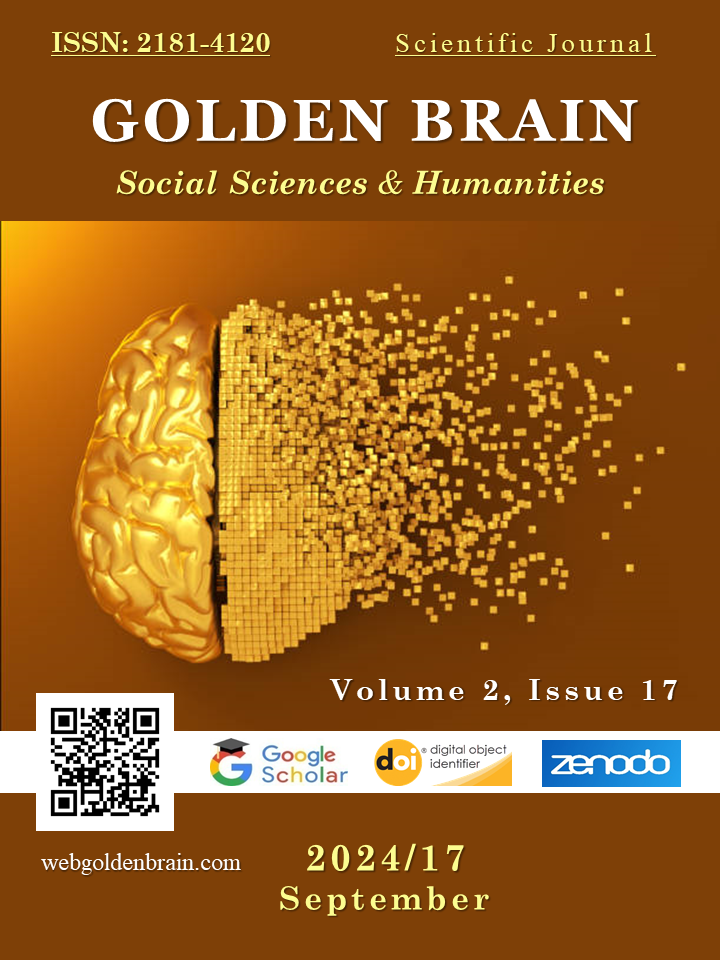RE-EXPRESSING THE LEXICAL-STYLISTIC EFFECT BY MEANS OF METAPHOR IN LITERARY TRANSLATION
Main Article Content
Abstract
Metaphors convey subtle meanings and cultural contexts. Accurate translation is key for preserving the integrity and impact of the original work. This study uses comparative analysis to look at literary works in different translations. By examining the original texts and their translations side by side we uncover how translators work with metaphors. The framework relies on qualitatively analyzing metaphorical expressions and their effects in both the original and translated versions. Successful translations require creative strategies to balance faithfulness to the source with adapting linguistically and culturally.
Article Details

This work is licensed under a Creative Commons Attribution 4.0 International License.
How to Cite
References
Baker, M. In Other Words: A Coursebook on Translation. Routledge, 2011, 304.
Basnett, S. Translation Studies. Routledge, 2002, 176.
Lakoff, G., & Johnson, M. Metaphors We Live By. University of Chicago Press, 1980, 256.
Nida, E. A., & Taber, C. R. The Theory and Practice of Translation. Brill, 1969, 218.
Venuti, L. The Translator's Invisibility: A History of Translation. Routledge, 1995, 368.
